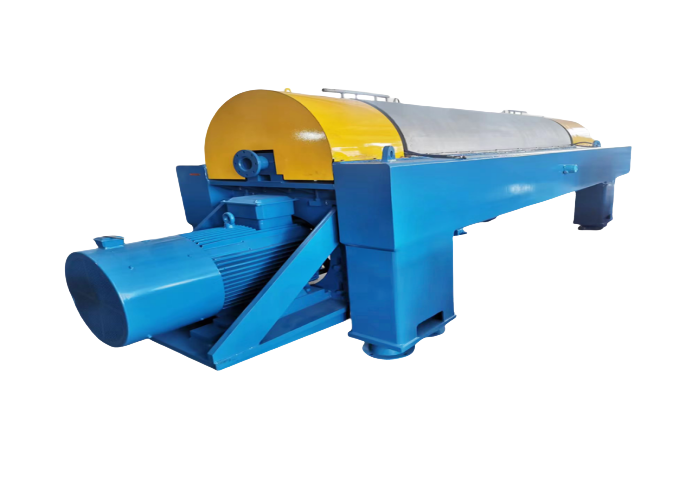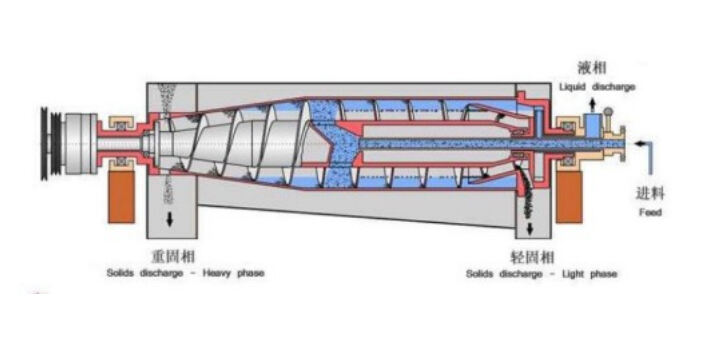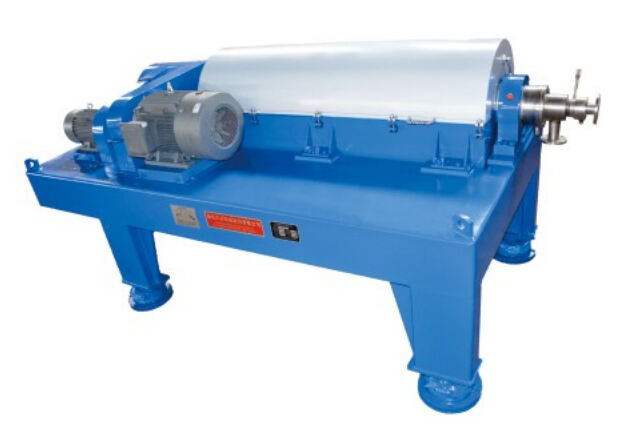pulp removal in fruit juice
Pulp removal in fruit juice is a critical process in beverage production that ensures a smooth, consistent product while maintaining essential nutritional value. This sophisticated process involves separating solid particles from liquid components using advanced filtration technologies and mechanical systems. Modern pulp removal equipment typically consists of multiple stages, including initial screening, centrifugation, and fine filtration, each designed to achieve specific particle size reduction targets. The process begins with preliminary screening to remove large pulp particles, followed by centrifugal separation that utilizes centrifugal force to separate remaining pulp from the liquid juice. Advanced filtration systems then remove microscopic particles while preserving valuable nutrients and flavor compounds. This technology can be customized to achieve various pulp levels, from completely pulp-free to partially pulped products, meeting diverse consumer preferences. The equipment is designed with automated cleaning systems and adjustable parameters to ensure consistent quality across different fruit varieties and production volumes.


